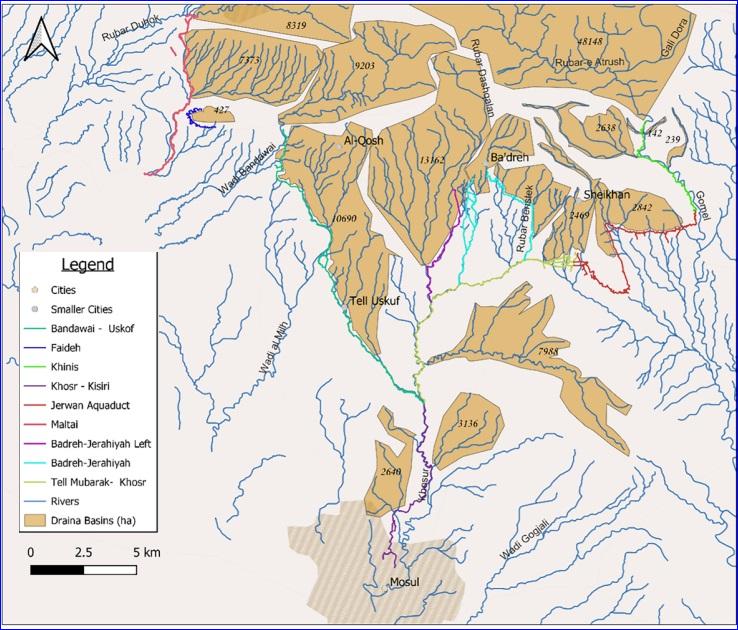


Read the full study here.
One key question is whether Sennacherib's hydraulic accomplishments provided meaningful changes to the agricultural economy of the region surrounding Nineveh, especially whether the canals allowed shifting the focus from extensive dry farming to intensive irrigation farming. Our hydraulic modelling shows that Assyrian water controllers and users would beneft from irrigation on the felds upstream of Nineveh. However, they would not beneft automatically from more control of fows in and from the system. Our results do not provide a single, defnitive answer, given the uncertainty in data and the many options to model and understand the water systems, but especially for infows below reference levels, the importance of controlled irrigation is evident. This suggests that irrigation will have been very likely to increase yields throughout the canal area.

or register to post a comment.